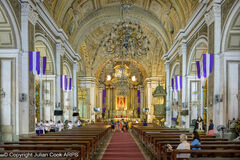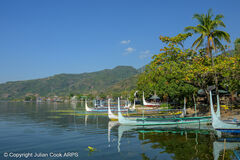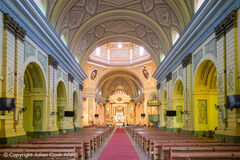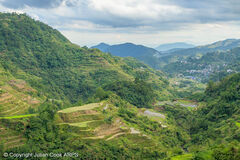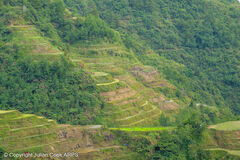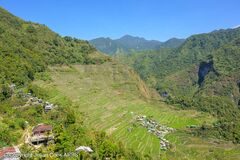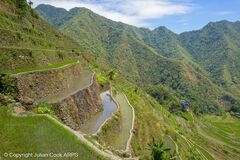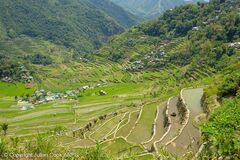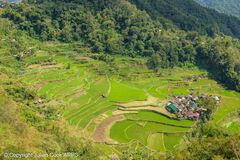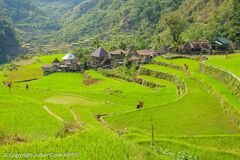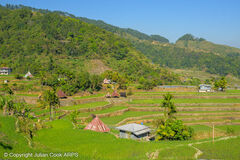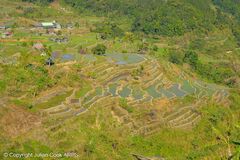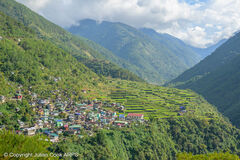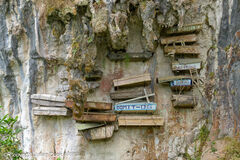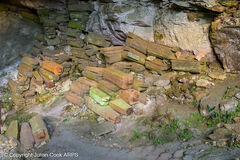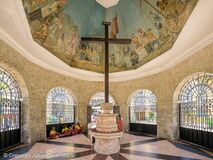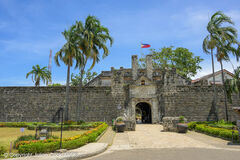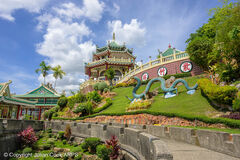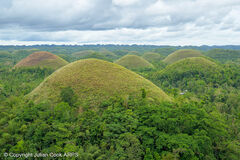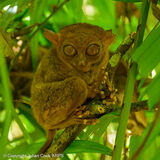The Philippines
The Philippines is a country in Southeast Asia that consists of an archipelago of 7,641 islands in the western Pacific Ocean. It is the world's twelfth most-populous country, with a population of 114 million, and has diverse ethnicities and cultures. The arrival of Ferdinand Magellan, a Portuguese explorer leading a fleet for Spain, on the island of Cebu in 1521 marked the beginning of Spanish colonization that was to last until 1898. Uniquely in Southeast Asia, Catholic Christianity became the dominant religion and the country has the world's third largest Roman Catholic population.
The Cordillera Administration Region is a mountainous region in the north of the island of Luzon with its own indigenous population collectively known as the Igorot (lit. "mountain people"). Christianization and subjugation of the region proved difficult for the Spanish colonial government and the region retains much of its ancient culture. The region comprises six provinces, one being Ifugao province which is populated by the Ifugao people. The main tourist attraction here are the Ifugao Rice Terraces that are believed to have been hand-carved into the mountains by the ancestors of the Igorot some 2,000 years ago to cultivate rice. In 1995 five groups of terraces were declared collectively as a UNESCO World Heritage Site.
The Cordillera Administration Region is a mountainous region in the north of the island of Luzon with its own indigenous population collectively known as the Igorot (lit. "mountain people"). Christianization and subjugation of the region proved difficult for the Spanish colonial government and the region retains much of its ancient culture. The region comprises six provinces, one being Ifugao province which is populated by the Ifugao people. The main tourist attraction here are the Ifugao Rice Terraces that are believed to have been hand-carved into the mountains by the ancestors of the Igorot some 2,000 years ago to cultivate rice. In 1995 five groups of terraces were declared collectively as a UNESCO World Heritage Site.
